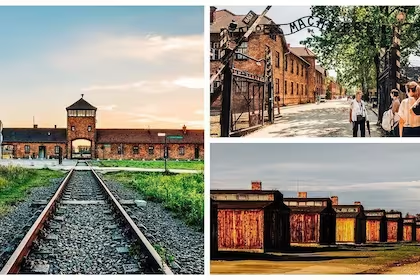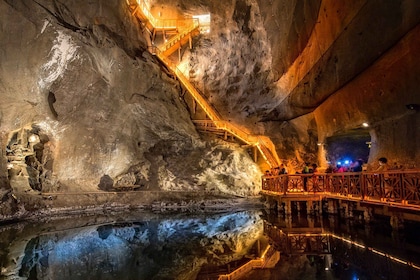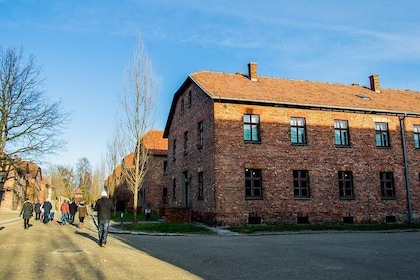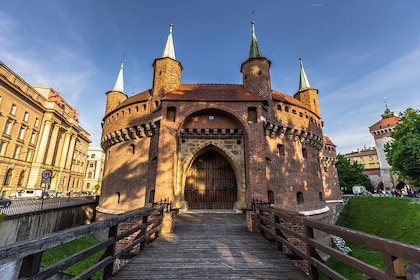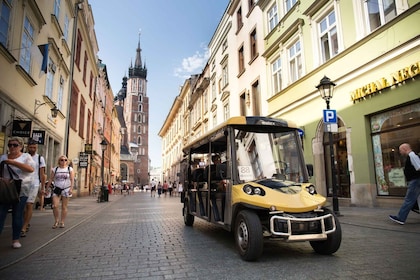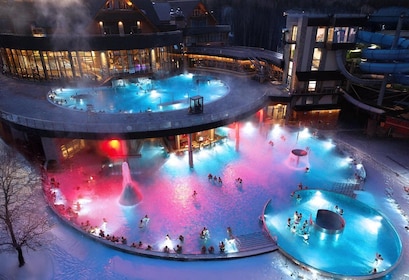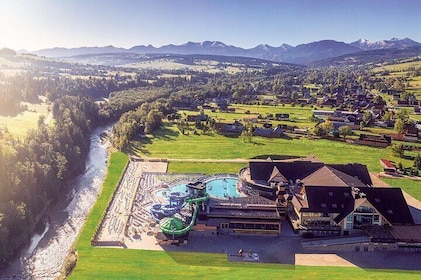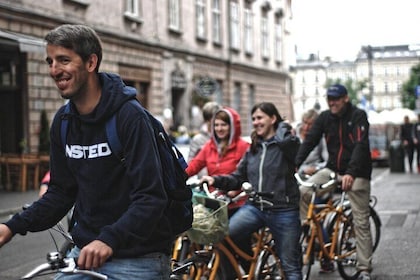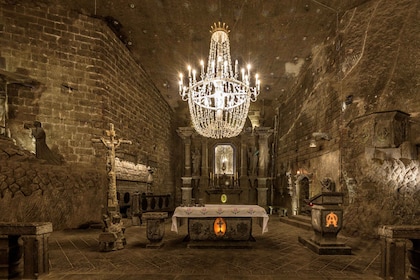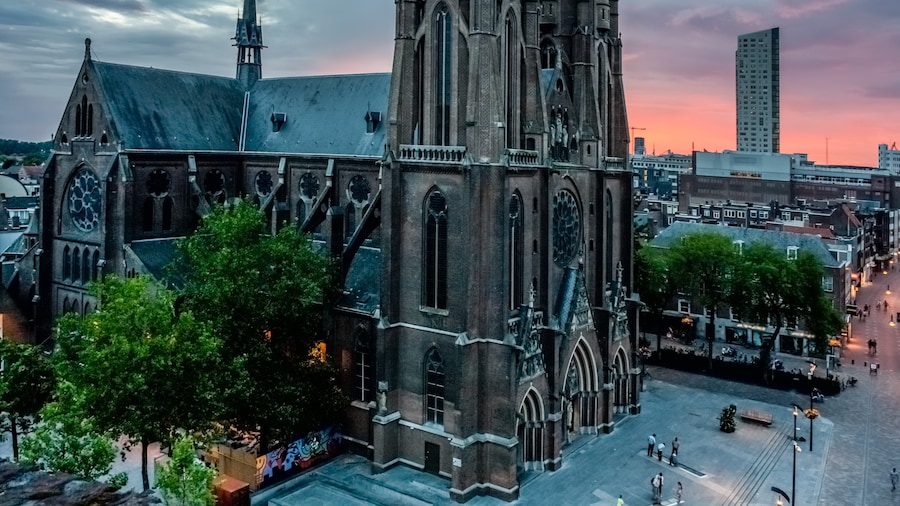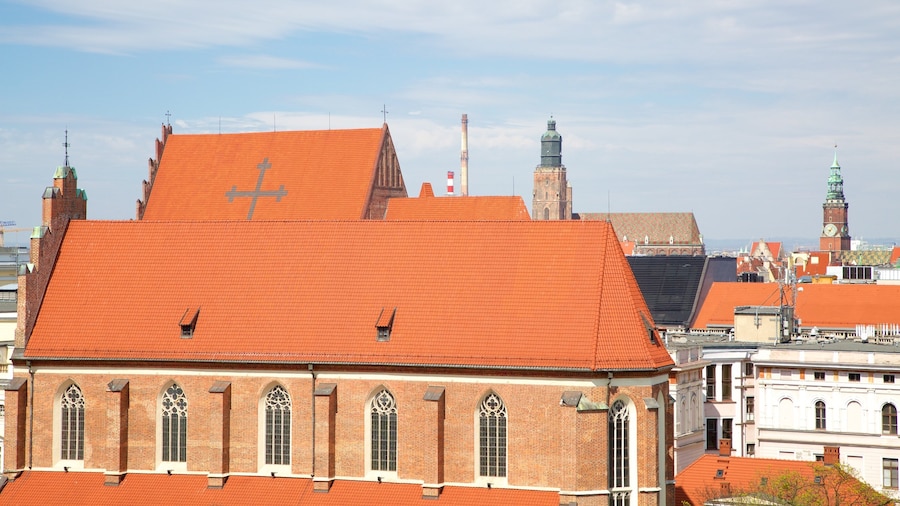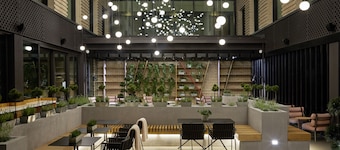Krakow's old town hall, now an impressive museum, is home to a fascinating collection of exhibitions about Poland’s folk history.
The Ethnographic Museum in Krakow documents and showcases Polish folk culture of the past and present. Through reconstructed bedrooms, kitchens and scenes of everyday life, you can glimpse folk culture from the 17th century to the present. See the tools of a village carpenter and an impressive collection of religious and folk art.
Founded in 1911 by a keen historian, the museum is housed in the beautiful 14th-century Renaissance-style old town hall that was built for Kazimierz, the Jewish quarter south of Krakow Old Town. The museum’s collection is one of the largest of any museum in Poland.
Two fully reconstructed rooms, Izba Podhalnska and Izba Krakowska, display the living quarters of a typical Polish villager more than 100 years ago. Here, no detail has been spared. Original furniture, decorations and artworks adorn the room, as they once would have. Look into a carpenter’s workshop to see the tools he would have used to make furniture and imagine a family in the kitchen cooking on a traditional stove.
Browse the large display of historic clothing, costumes and traditional dress. On the top level is a collection of folk art where religious paintings and scenes from everyday life are displayed. Be sure to see the cabinet filled with a display of painted eggs, a traditional Polish craft.
Pick up a guidebook in Polish or English at the reception to learn more about the exhibits. The guide contains informative details and places the displays in a historical context.
The Ethnographic Museum is situated in the Kazimierz district, south of the Old Town and is accessible by tram or bus. It is closed on Mondays and there is a small admission fee. On Sundays there is no fee to see the permanent exhibits. There is another smaller museum around the corner, on ul. Krakowska, which has temporary exhibits and a separate entrance fee.





